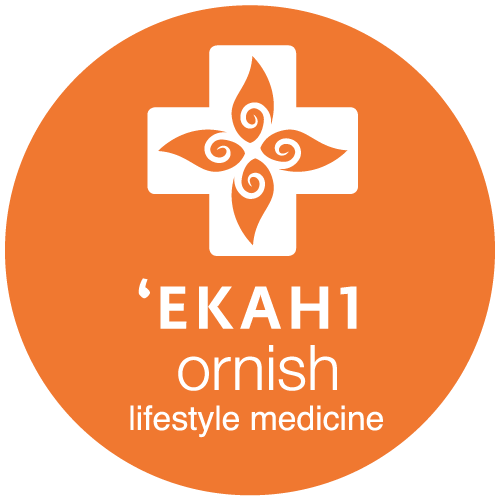Love & Support
The Science Behind Why Naming our Feelings Makes Us Happier – by Mimi O’Connor
The 4 key elements of the Dr. Dean Ornish Program for Reversing Heart Disease work together synergistically. They include: whole food, plant-based nutrition, moderate exercise, daily stress management, and love and support.
Naming our feelings makes sadness, anger and pain less intense.
1 – “In the love and support element, participants enrolled in the Ornish Lifestyle Medicine meet twice a week in a small group.”. In each session, they are instructed how to identify what they are feeling, disclose what they are feeling, listen carefully and without judgment to the feelings of others and acknowledge others’ feelings with empathy, caring and compassion. Participants assign a “feeling word” to the emotion they wish to express. Examples might include feeling: anxious, worried, happy, angry, confused, left out, frustrated, peaceful, determined, relieved, joyous, etc.
By using this format, participants learn more deeply about themselves by uncovering and expressing the emotions that are fueling their behavioral choices. As this internal muscle of self-awareness grows, it becomes much easier to connect within and also to express feelings more clearly and directly to trusted others. This, in fact, is the primary goal of the love and support element–to increase emotional and social intimacy and decrease isolation in our lives. This increased awareness also fosters more deliberate and conscious lifestyle choices in the other 3 elements of the Program.
A study conducted by UCLA professor of psychology, Matthew D. Lieberman, naming our feelings makes sadness, anger and pain less intense. According to Lieberman, when we feel angry we have increased activity in the part of the brain called the amygdala. The amygdala is responsible for detecting fear and setting off a series of biological alarms and responses to protect the body from danger. When the angry feeling is labeled, Lieberman and researchers noted a decreased response in the amygdala and an increased activity in the right ventrolateral prefrontal cortex. This part of the brain is involved with inhibiting behavior and processing emotions.
Lieberman explains it this way: “When you put feelings into words, you’re activating this prefrontal region and seeing a reduced response in the amygdala. In the same way you hit the brake when you’re driving when you see a yellow light– when you put feelings into words you seem to be hitting the brakes on your emotional responses. As a result, a person may feel less angry or less sad.”
As we learn to identify, label and express emotions, this area of the brain is strengthened. In turn, we are then better able to respond to our feelings less reactively and more responsively.
Dr. Ornish writes: “When you take time for your feelings, you become less stressed and you can think more clearly and creatively, making it easier to find constructive solutions.”
Science is now verifying what we have known to be true in our experience. Naming and sharing our emotions with a trusted other helps us to understand the breadth and depth of what matters most to us. Lieberman believes that this is “ancient wisdom.” He says: “Putting our feelings into words helps us. If a friend is sad and we get them to talk about it, they will feel better.”
In his book The Spectrum, Dr. Ornish identifies emotional stress, when experienced in isolation, to be “as potent a risk factor for heart disease as cholesterol, smoking, lack of exercise and poor nutrition.” He writes: “While we can’t always change what’s going on in the world, there is a lot we can do about how it affects us. Stress comes not only from what’s going on in your life, but even more important, from how you react to it.”
In our daily, lifestyle practice we know that when we feel better, we do better. As we learn to pay greater attention to our feelings by identifying and sharing them with others, our stress will decrease and our emotional intimacy and support will increase. Dr. Ornish sums the result up nicely: “When you take time for your feelings, you become less stressed and you can think more clearly and creatively, making it easier to find constructive solutions.”
What benefits have you found in sharing your feelings with those you trust?
